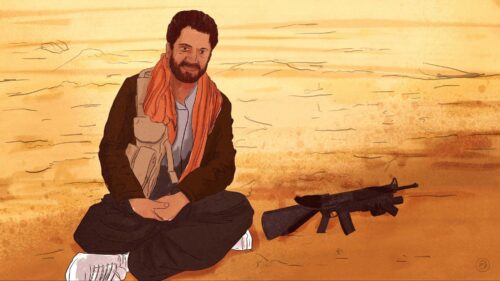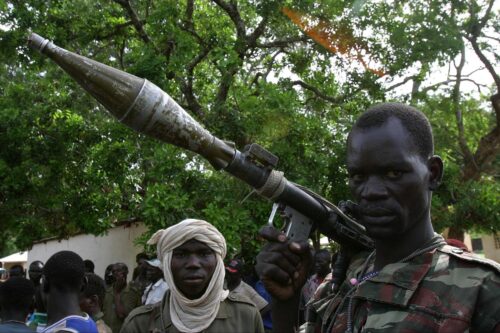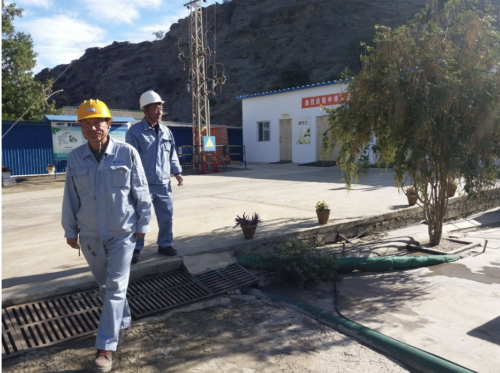An embattled Chinese mine in Peru faces its latest challenge
In 1992, Chinese state-owned Shougang Group won a bid to privately operate an iron mine in Peru, the largest Chinese investment in Latin America at that time. Shougang Hierro Mine in Marcona was immediately profitable, but it has been hounded by labor disputes ever since.
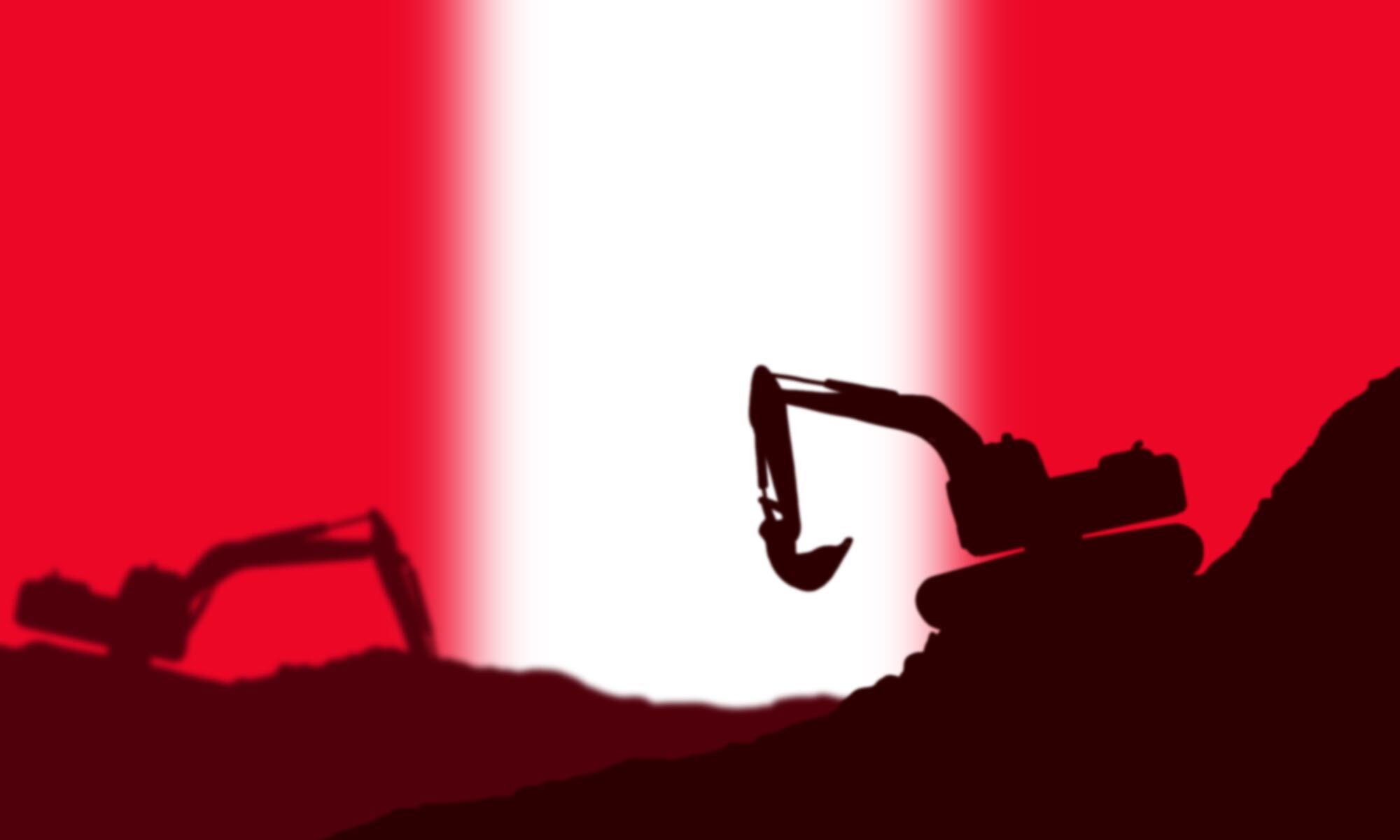
On April 20, the widows and children of five deceased miners in Peru gathered in front of the Chinese Embassy in Lima. “Murderer Shougang: Pay reparations to the widows,” they chanted.
Their husbands had worked at the Chinese state-owned Shougang Hierro Mine in Marcona, a city about 520 kilometers southeast of Lima. During the COVID-19 pandemic, at least 20 workers died from the virus, and now the wives of these workers are demanding compensation, arguing that Shougang’s inadequate safety protocols make them responsible for their late husbands’ deaths.
They are also accusing the company of “economic violence” against women. In Peru, the “disruption of the possession or ownership” is classified as violence against women, and some of these widows are facing an order from Shougang to vacate company-provided housing.
“My husband dedicated so many years of his life to the company. So now that his work isn’t being valued…that makes me very sad,” Clara Injante told The China Project while protesting outside the embassy. Her husband, Jorge Luis Tubillas Cancho, worked for the mining company for more than 30 years. “After the death of my husband, we have been left helpless. So now we have to be here, demanding justice.”
Shougang’s checkered history in Peru
This latest case is not the first time the Chinese state-owned mine has faced trouble in Peru. The Shougang Hierro Mine has been marred by controversy since its inception, which predates Chinese ownership in 1992.
The mine first began operating in February 1952, when the Republic of Peru signed a concession contract with the U.S.-based Marcona Mining Company. For the next 20 years or so, Marcona was able to successfully export Peru’s iron to countries like Japan and the U.S. In the early 1970s, the mine began to struggle economically, but after leftists successfully carried out a coup and took power of the country in 1975, the mine was nationalized by the new government. The mine was renamed Hierro Peru, or Iron Peru.
During this period, the mine also struggled financially. By the 1990s, according to China’s Ministry of Commerce, the mine was “on the verge of bankruptcy.”
In 1992, former Peruvian president Alberto Fujimori decided to privatize Hierro Peru. Chinese state-owned Shougang Group won the bid, renamed the mine to Shougang Hierro Peru, and subsequently became China’s first major investment project in Latin America. Shougang has been operating the iron mine ever since.
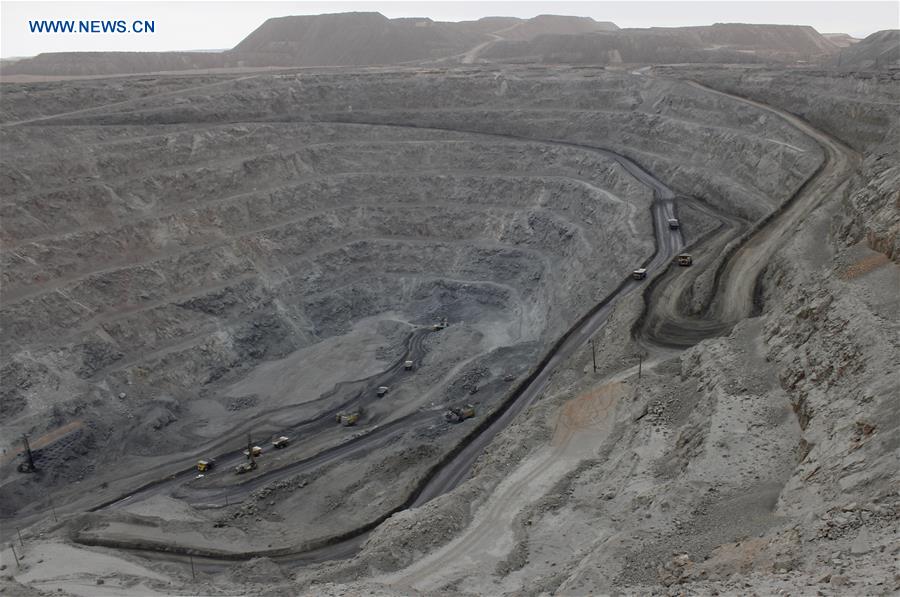
Initially, Shougang was successful in helping turn around the struggling mine. According to research by Xin Gou, the Chinese company was able to turn a $32 million loss in 1992 into a $5 million profit in 1993.
However, since nearly day one of Chinese operation, there have been disputes with locals. In the decades since taking over the mine, protests surrounding issues like salary and safety regulations have been commonplace.
A rare protest — and an exceptional legal case
Despite the labor issues at Shougang, protests have mostly remained in Marcona, the town where Shougang is located.
According to Omar Coronel, a Peruvian sociologist and expert in social movements in Latin America, protests at the Chinese Embassy in Lima are exceedingly rare. Protests at the U.S. Embassy are more common, Coronel tells The China Project, though he adds that they are also infrequent.
The distance from Marcona (and most Chinese-owned mines) to Lima could perhaps be a reason why protests in Peru’s capital are rare. Driving from the Shougang mine to Lima takes at least eight hours. But some of the widows decided to make this journey because their efforts in Marcona led nowhere. They came to Lima to escalate their fight and demand a meeting with Shougang’s leadership.

A lawyer from Shougang met the widows after their protest, but they were unable to reach an extrajudicial settlement. Now, according to a press release from Peru’s National Coordinator for Human Rights, the widows and their relatives will file a legal action before the judiciary.
It will be an uphill battle. During the pandemic, Peru had the most deaths per 100,000 people out of any country in the world. And globally, establishing causality between a company and a COVID death has proven difficult. In a statement, Shougang Hierro Peru has said it claims no responsibility for the workers’ deaths.
According to the families’ lawyer, Mario Rios, there were 20 families who wanted to sue for their husband’s or father’s death from COVID. SUNAFIL, Peru’s labor inspection body, only found a causal relationship between Shougang and the deaths in some of these cases.
But from the U.S. to Australia, workers have tried to sue private companies for the death of a loved one — and in some cases, they’ve won.
“There is a direct causal relationship between the neglect of the company and the death of these people, and that is what has been established clearly,” Rios tells The China Project. “Therefore, there is a responsibility of the company to pay the damages to the families as a result of those deaths.”
An environment of unrest
It is important to note that, despite the protests and strikes, Shougang may not be unique among foreign mining companies in Peru.
According to the World Bank, Peru’s lax enforcement allows multinational companies to get away with skirting environmental and social regulations. Furthermore, research by Amos Irwin and Kevin P. Gallagher has found that Shougang performs the same or better than some Western-owned mines in Peru when it comes to the environment. However, they also find that Shougang’s rate of serious accidents is “abnormally high” (though the authors also report that Shougang is “roughly average” in terms of its overall labor code violations).
Despite doing better than some others in an industry that is constantly plagued by environmental and labor violations, Shougang still stands out in Peru as a hot spot for protests and strikes. Around one in 20 strikes by Peruvian miners from 2001 to 2008 occurred at Shougang.
The reasons for this remain a mystery. Perhaps it can be traced to Shougang’s long history in the community. But a more likely explanation can be found in the company’s management. According to Irwin and Gallagher’s research, Chinese companies operating abroad have a “steeper learning and compliance curve relative to a U.S. counterpart” that is more accustomed to dealing with unions and regulations. Shougang’s Chinese management, therefore, may be less accustomed to dealing with protests and strikes.
Irwin and Gallagher also point out that other Chinese firms in Peru may be learning from Shougang’s example: Chinalco and Minmetals, two other Chinese companies with mines in Peru, have hired Western CEOs.
Of course, even Chinese firms in Peru with Western CEOs have also experienced protests. But these occurrences may be more comparable with what other Western companies in the country deal with.


